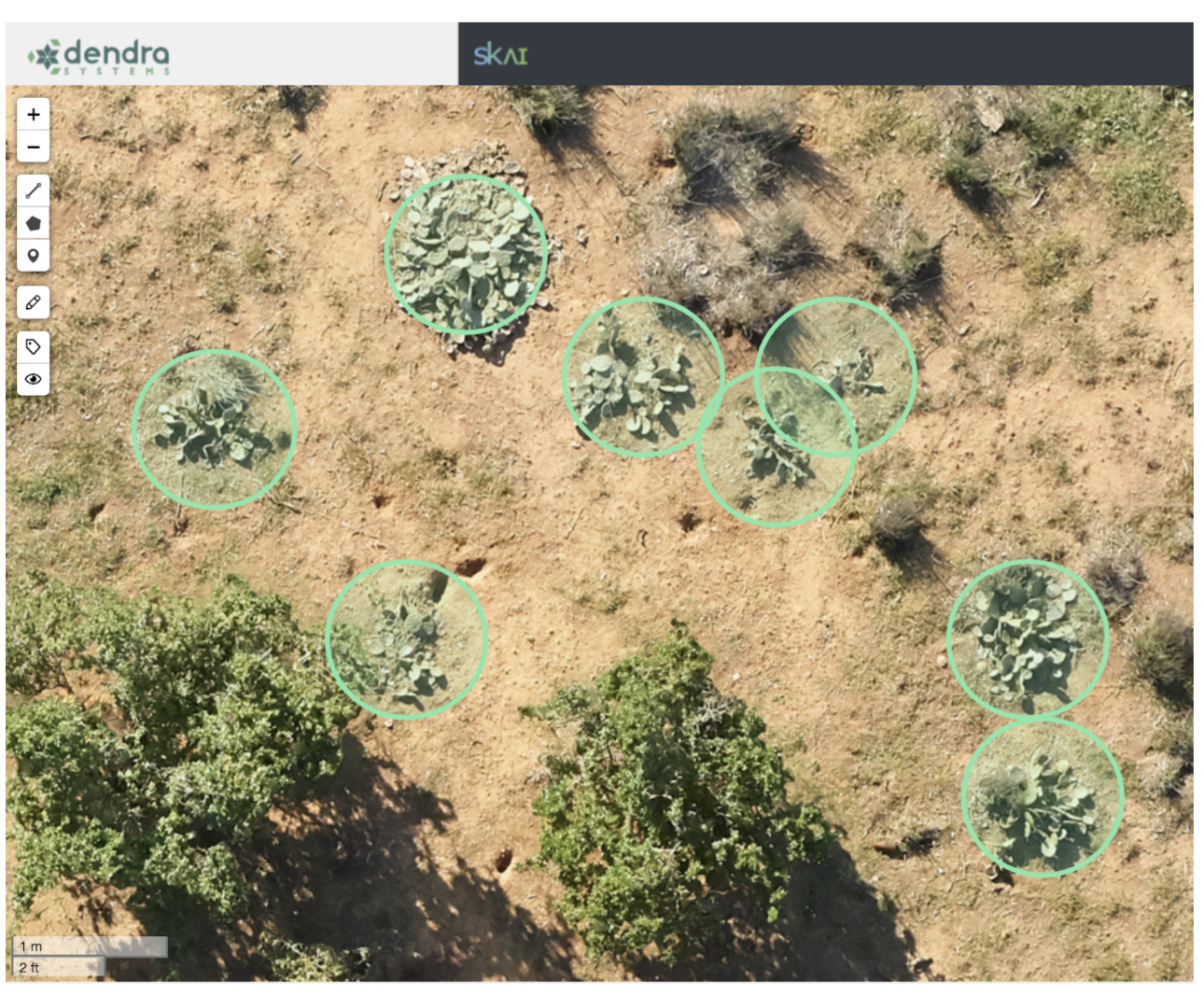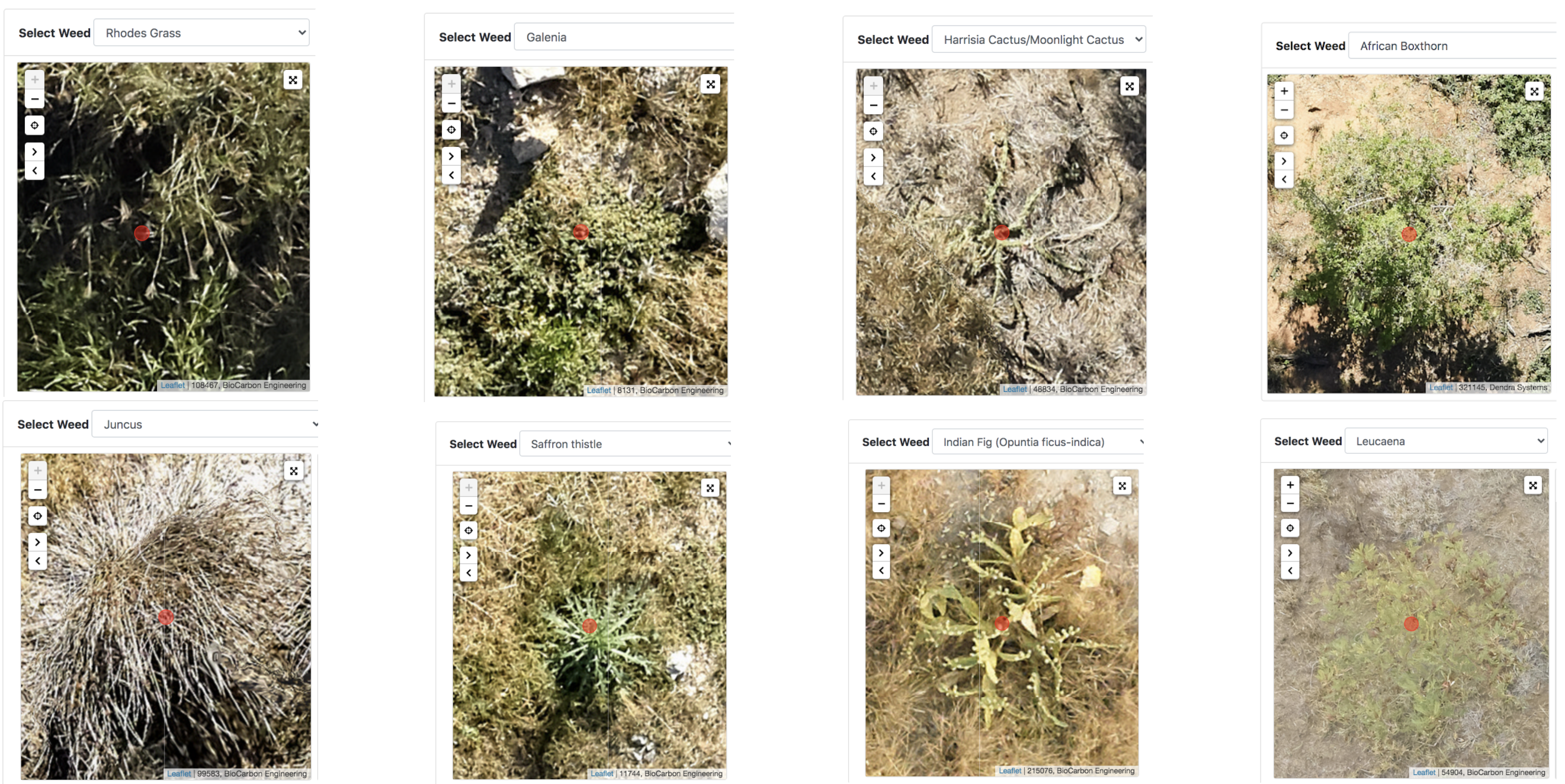With tragic predictability, 2020 has offered up yet more fraught reminders about the perilous effects of human-induced climate change. In an effort to help combat these changes, an ecosystem restoration company called Dendra Systems has created what it compellingly describes as an “A.I.-powered … time machine” designed to turn back the clock in areas that are particularly adversely affected.
To be absolutely clear: No, Dendra Systems has not created an actual Back to the Future-style time machine that can undo pernicious, habit-destroying effects of human imposition on the environment. There’s no modified DMC DeLorean sports car traveling at 88 miles per hour. But there is some impressive, high-resolution data capture, as well as an “ecology-trained artificial intelligence” system that maps out and assesses degraded land, and a swarm of seed-planting drones that help restore land to the parameters laid out by the A.I.
The bad news? That takes a little bit longer than the instantaneous time travel of science fiction. The good news? No butterfly effects (and, you know, helping restore the land to its natural grandeur.)

“If the events of 2020, from the California and Australia fires to the COVID-19 pandemic, have taught us anything, it’s that our environment is in an even more precarious position than we previously realized,” Susan Graham, CEO of Dendra, told Digital Trends. “From dramatic temperatures, extreme weather, rising waters, and continued human-led degradation, we’ve seen firsthand how carbon emissions and other industry-led changes to our ecosystems have dangerous and deadly repercussions for all of us.”
The Google Maps of the natural world
Dendra is not the first tech company to explore planting by drone — or, as Graham phrased it, “tossing some tree seeds onto the ground with drones.” In many cases, very few trees wind up growing and thriving using this method, she said. “A tree exists within a biodiverse ecosystem,” Graham said. “You have to create or repair that entire ecosystem to actually get the carbon sequestration results we need to see in the world.”
This is where the mapping component comes into play. It starts with the creation of extremely detailed terrain maps, taken by drones, to which the team adds specialized details of vegetation and animal species, “with a level of detail impossible to capture through satellite imagery or your standard camera strapped to a drone.” This includes data like leaf spoilage on shrubs or the height of individual trees, which are impossible to gather with satellite imagery.
“The state of the art in most places where this work happens is people manually surveying a small fraction of the land that needs restoration and then extrapolating out from there for all planning and monitoring,” Graham said. “What Dendra does is more than a leap forward for environmental managers.”
These images are next analyzed using a custom machine learning framework developed with the aid of on-staff ecologists. As Graham phrased it: “We identify and locate a particular kind of weed or invasive species throughout the site that needs to be eliminated. We [also] identify the condition of the land and assess risks such as vegetation stress and soil erosion that have to be dealt with or worked around.”
By leveraging this information, Dendra is able to create restoration plans that fit with a site’s unique ecological conditions. The startup then deploys another drone, this one modified to carry out aerial seeding to the exact specifications needed for a particular region. Seeds are customized to the land in question, and are not homogenous mixtures used regardless of local requirements.
“We’ve done a fair amount of hardware engineering to make sure that we can deploy the exact mix of vegetation needed, exactly where it’s needed, based on how the ecosystem is developing over time,” Graham said. “The mechanics of this can be quite difficult, as seeds come in different shapes and sizes and textures.”
Bringing ecosystems back to life
Dendra’s work might sound (and is) cutting edge, but it’s far from a hypothetical futuristic look at how ecosystems might one day be restored. The company has already carried out 38 projects in 11 countries, including the restoration of more than 50 species of vegetation, deploying some 8.67 million seeds across hundreds of hectares. To date, much of this work has taken place in Australia and the United Kingdom. However, thanks to a $10 million funding round announced this month, it is now expanding its global presence to focus on projects across the Americas.

“It can take hours, maybe even minutes, to destroy an ecosystem, but years to bring it back to life,” Graham said. “Restoring ecosystems takes a high-level of expertise to understand the complex interplay between species, soil, and water, which allow landscapes to thrive and survive over the long term.”
As much as we might love the quick fix, whether it’s Amazon’s “one-click purchasing” or instant messaging, maybe there are certain scenarios in which the slow, lasting fix really is the best solution. Although, given the urgency of the problem, hopefully it’s not too slow.





